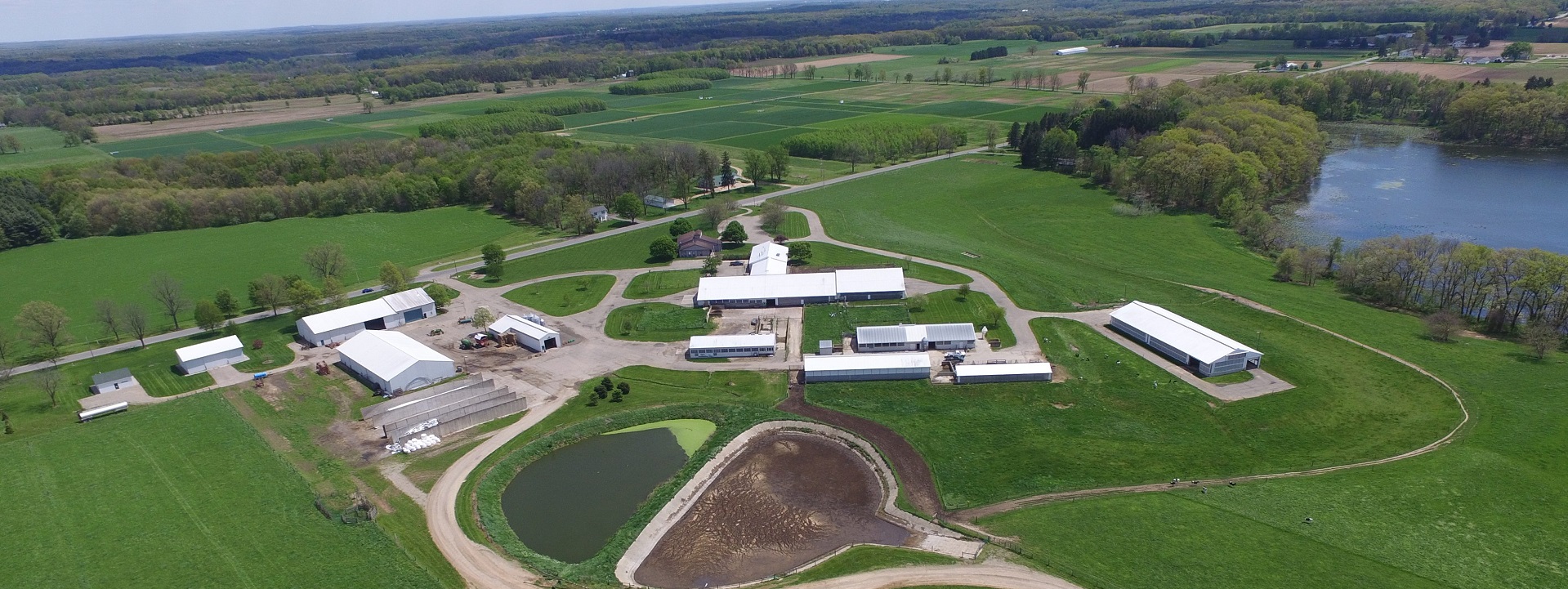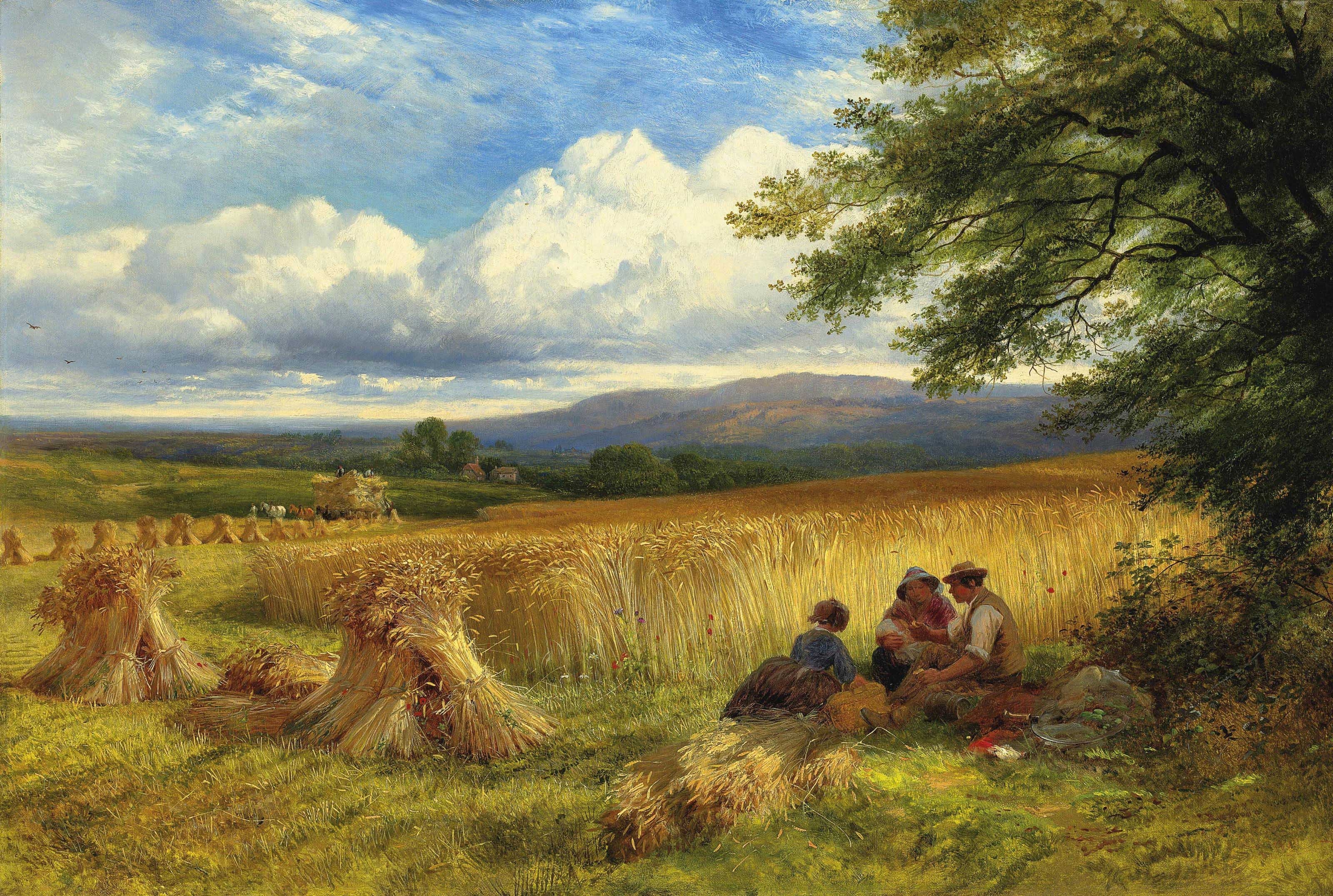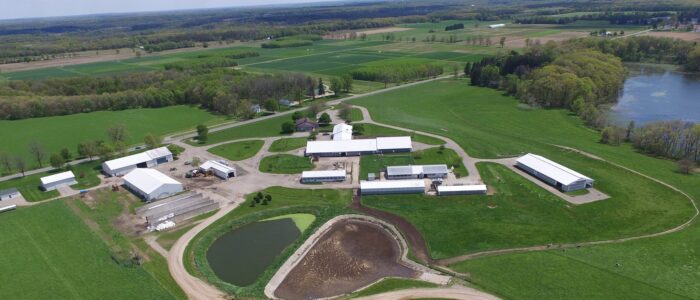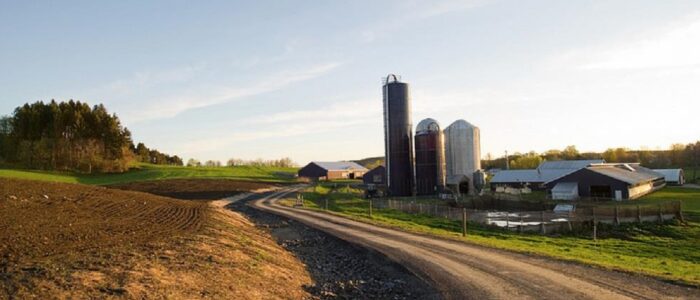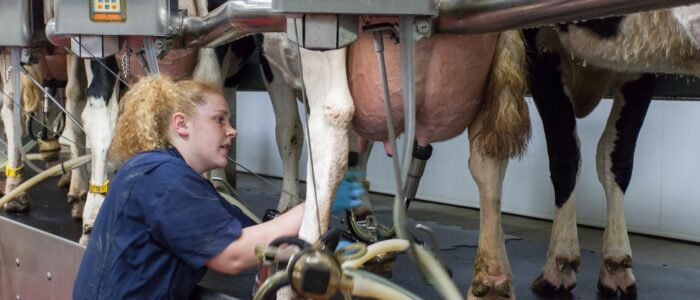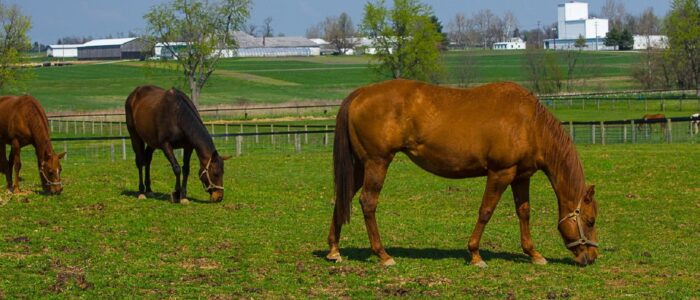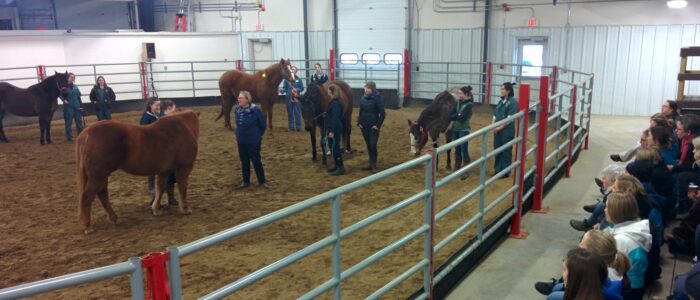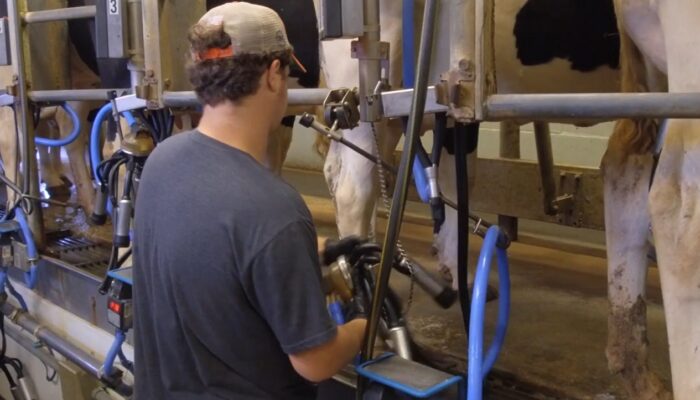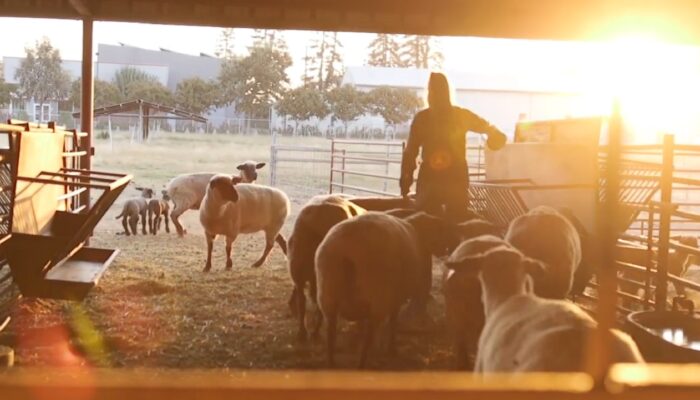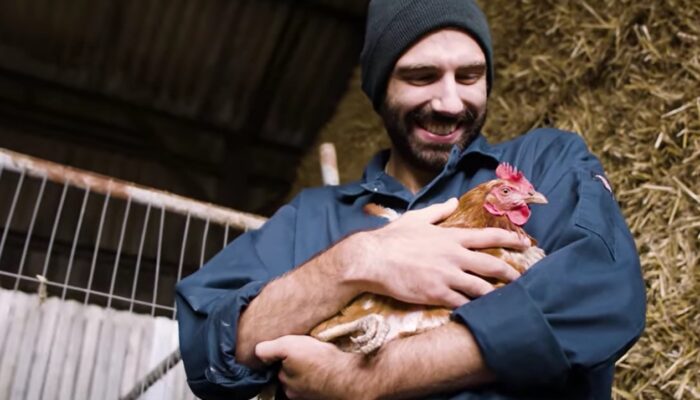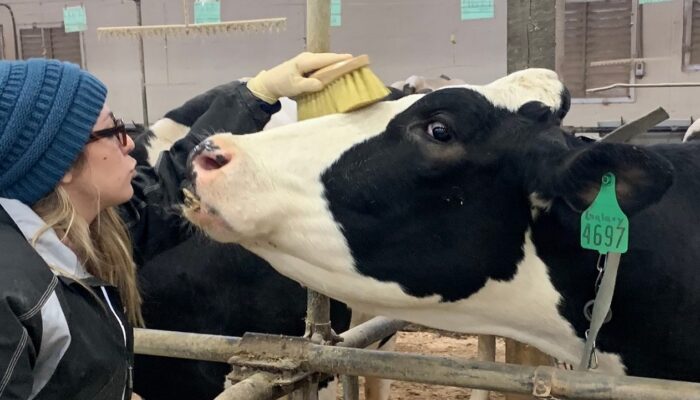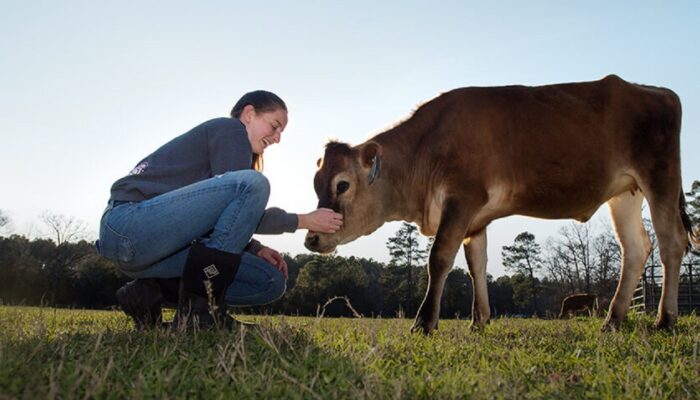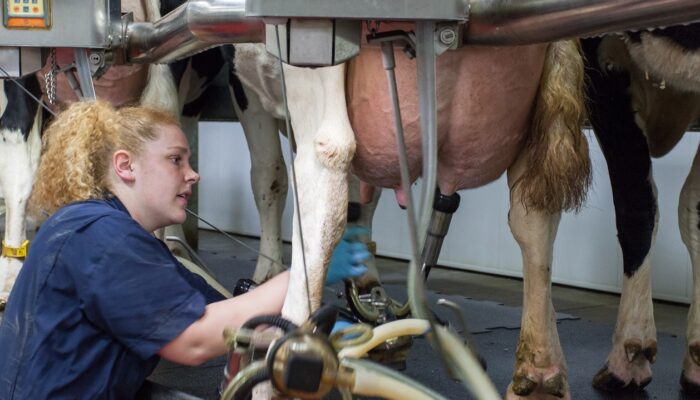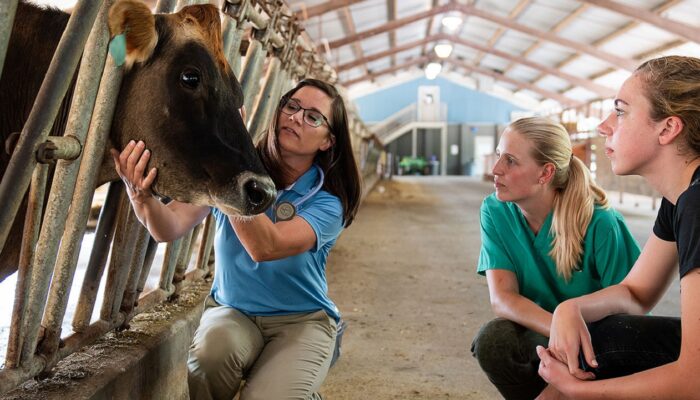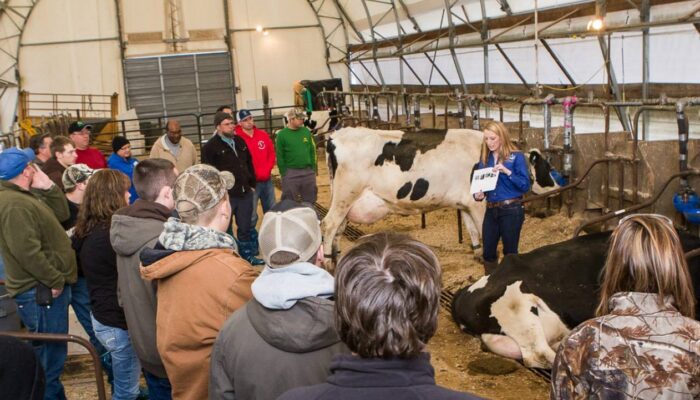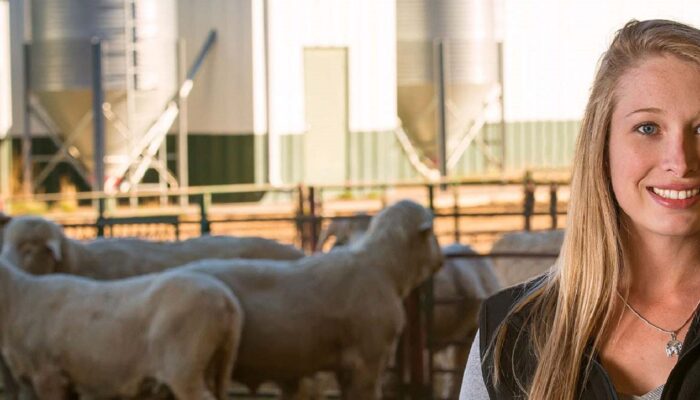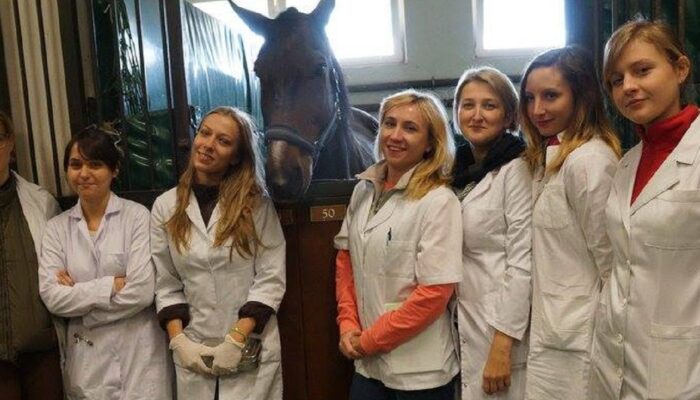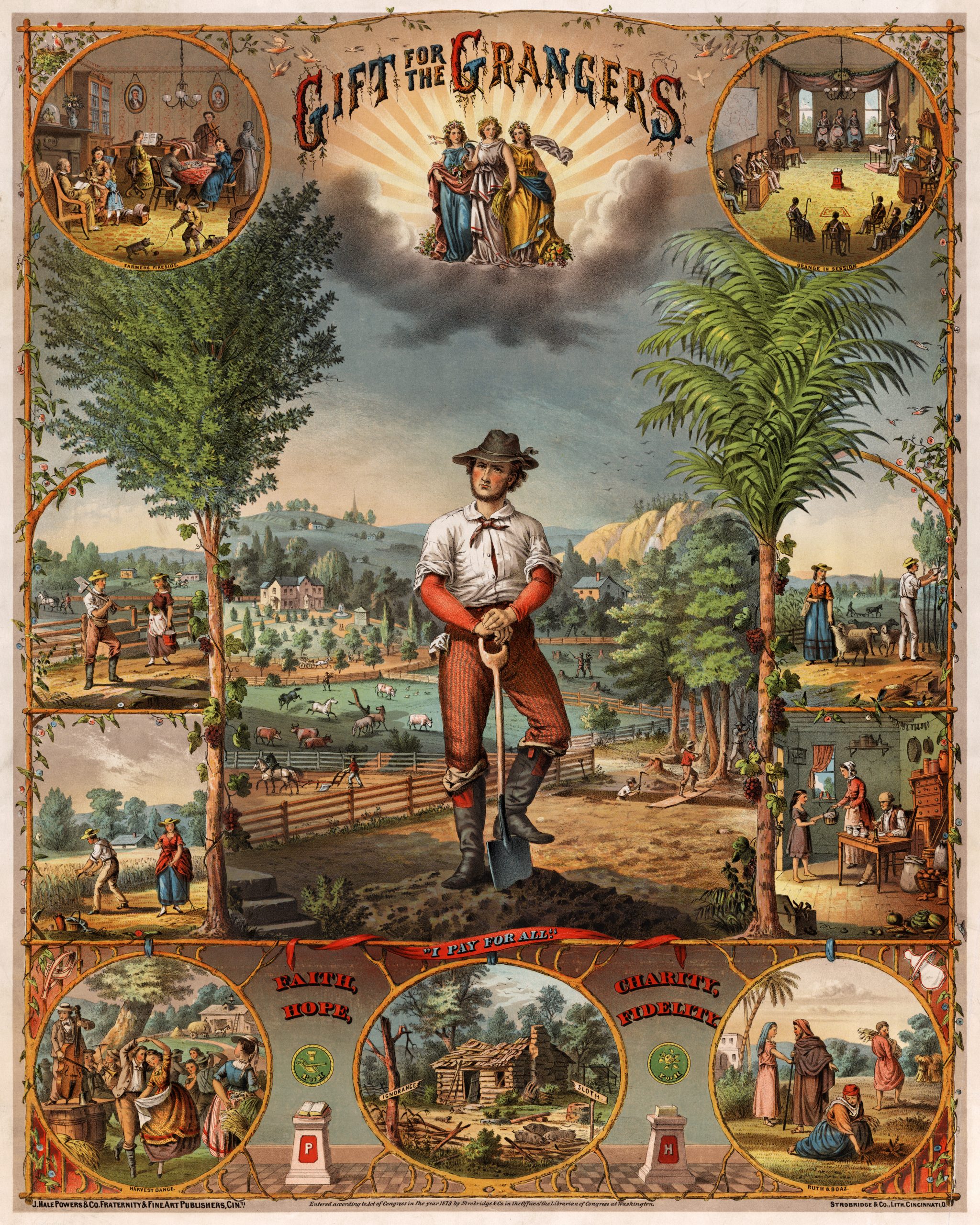Stray Voltage: Sources and Solutions
Abstract. Stray voltage is caused by voltage drop and ground faults and may have its origin on the primary electrical distribution system or on the customer’s secondary electrical system. The rms value of the neutral-to-earth voltage along a primary distribution line may be at a value of zero some distance from the substation depending on the condition of the conductor resistances, grounding resistances, and the amount of load. Neutral-to-earth resistance is not the cause of stray voltage; however, the value of this resistance to earth at a particular location will affect the level of stray voltage. A four-wire single-phase feeder system supplying farm buildings from a single metering point is effective in preventing on-farm secondary neutral voltage drop, provided the four-wire system is extended to all farm loads, and provided no high-magnitude ground faults are present. Isolation of the primary and secondary neutral systems at the distribution transformer is effective in preventing off-farm sources from entering the customer’s system. This separation may be accomplished using a number of commercially available devices.
CLICK HERE for access to the entire paper
Starting soon! https://t.co/JL03EIEMqo pic.twitter.com/Ttpp4TA8jr
— Wendy Bohon, PhD 🌏 (@DrWendyRocks) December 28, 2023



